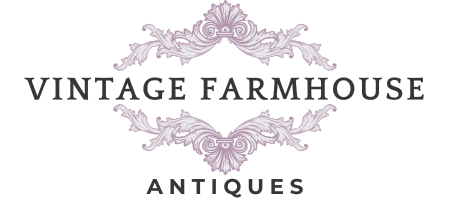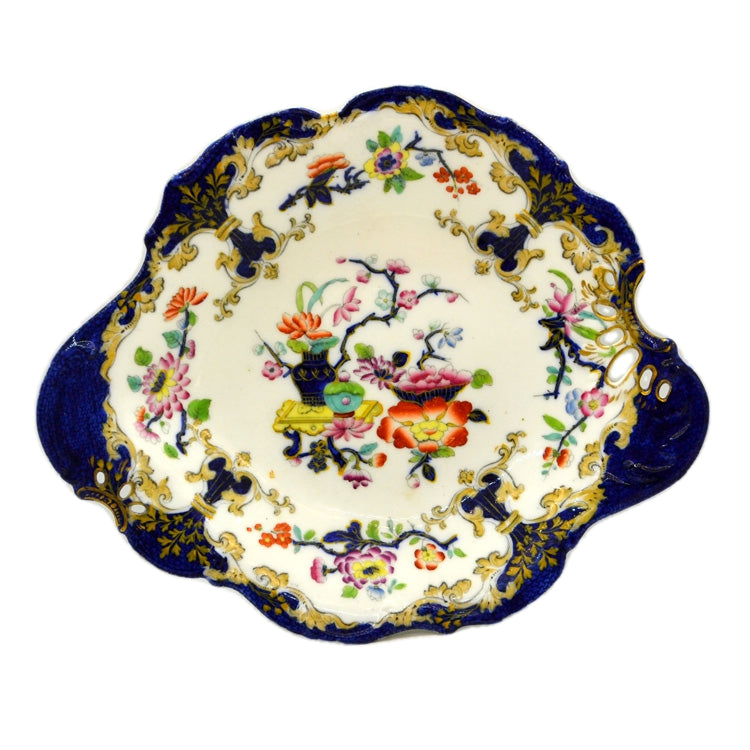Minton China
Minton is a historic English ceramics company renowned for its production of high-quality china and porcelain.
Minton china history
The company was founded by Thomas Minton in 1793 in Stoke-on-Trent, Staffordshire, England. Minton quickly gained a reputation for producing elegant and finely crafted ceramic wares. Throughout its long history, Minton became known for its innovation and artistic excellence.
The company was particularly influential during the 19th century, producing a wide range of ceramic items, including dinnerware, decorative pieces, and tiles. Minton was recognised for its mastery of techniques such as pâte-sur-pâte, a method of applying layers of slip (liquid clay) to create intricate raised designs on the surface of the ceramic.
Minton china patterns

One of Minton's most famous patterns is the "Haddon Hall" design shown above, which features a historic floral motif. The floral pattern adorning this china draws inspiration from the renowned flower depictions found at Haddon Hall in the picturesque Peak District of England. Haddon Hall, a rare surviving medieval manor house, serves as the historical muse for this collection.

Acquiring a piece of Minton's Haddon Hall china is akin to possessing a slice of history, as the designs are faithfully reproduced from the tapestries and furnishings of Haddon Hall, some dating back to the 13th century. Given the extensive production span of Haddon Hall china, spanning over 60 years, each piece of china may exhibit subtle variations, contributing to the narrative of the design.
The company also collaborated with renowned artists and designers, including Christopher Dresser and Augustus Pugin, further enhancing its reputation for quality and style.
Minton china marks

Minton china often bears the company's backstamp, which can help identify and date pieces. The backstamp may include variations of the Minton name along with other information, such as patterns or registration numbers.
Is Minton china still in production?
Like many historic ceramic manufacturers, Minton faced challenges in the 20th century, including changes in consumer tastes and economic factors. In 1968, Minton merged with Royal Doulton, another famous English china company. The Minton name continued to be used, but the production of Minton china was gradually phased out.
While Minton china is no longer produced under its original company, vintage and antique pieces of Minton china are highly sought after by collectors. Minton's legacy lives on through its contributions to English bone china and porcelain production and its impact on the history of English pottery.
How much is Minton china worth?
The value of Minton china can vary widely depending on several factors, including the specific Minton china pattern, rarity, age, condition, and market demand. Additionally, the preferences of Minton collectors and the overall market for antique and vintage china can influence prices.
If you have specific pieces or a particular pattern in mind, it's advisable to consult with experts liike ourselves or appraisers who specialise in ceramics and vintage and antique china. They will be aware of current market trends and can provide more accurate and current information based on the details of your Minton china, including any identifying marks or patterns.
You can also check online auction platforms, antique shops, or specialised china dealers to get an idea of the current market prices for Minton china. Keep in mind that the condition of the items, the presence of complete sets of Minton china, and any unique features can significantly impact their value.
If you're considering selling or appraising your Minton china, seeking the expertise of professionals in the field can help you get a more precise estimate based on the specific characteristics of your pieces. We now offer an online identification and valuation service for china.


1 comment
Have a platter. Minton and co. 1862. Titled “Vulcan and Putti” do you know the artist?